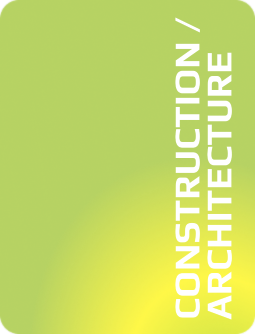


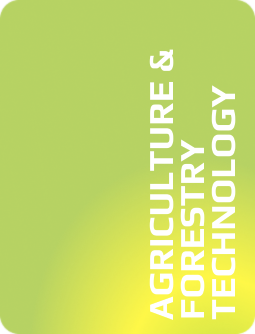

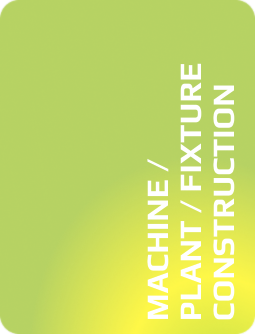
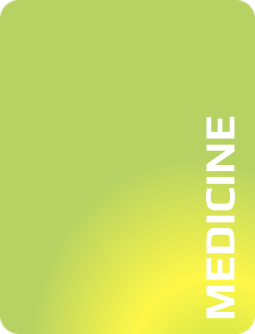
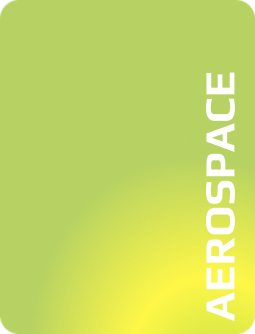

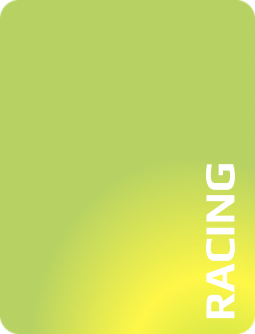
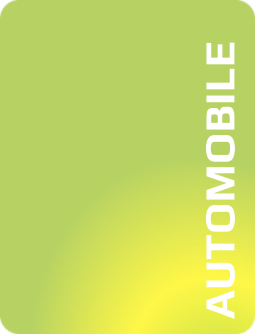
8 Reasons why
People prefer to work
with 3D-Matt.
got something in mind
What can we do
for you?
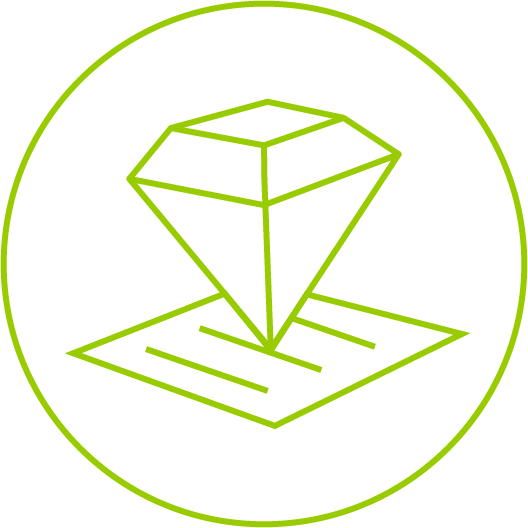
Construction
3D model creation using CAD program according to your specifications.
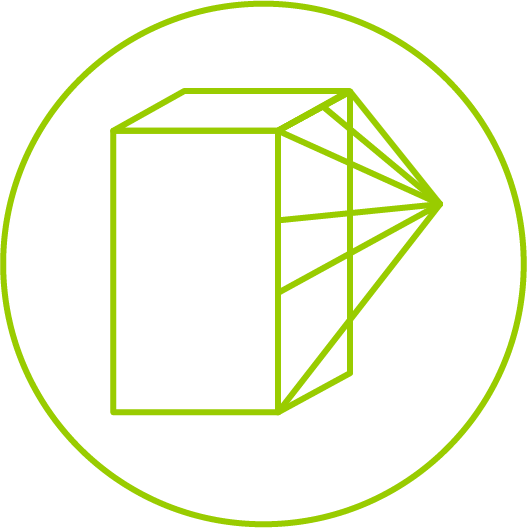
3D scanning
up to a size of 3 x 3 x 3 m!
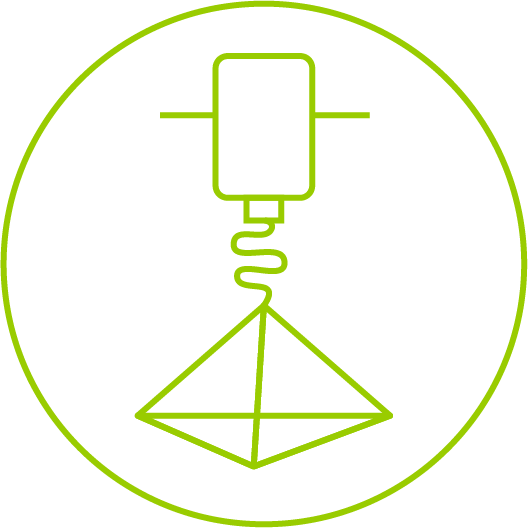
RTP – Real Time Prototyping
Ordered today, delivered to you tomorrow (please ask for availability)!
ours
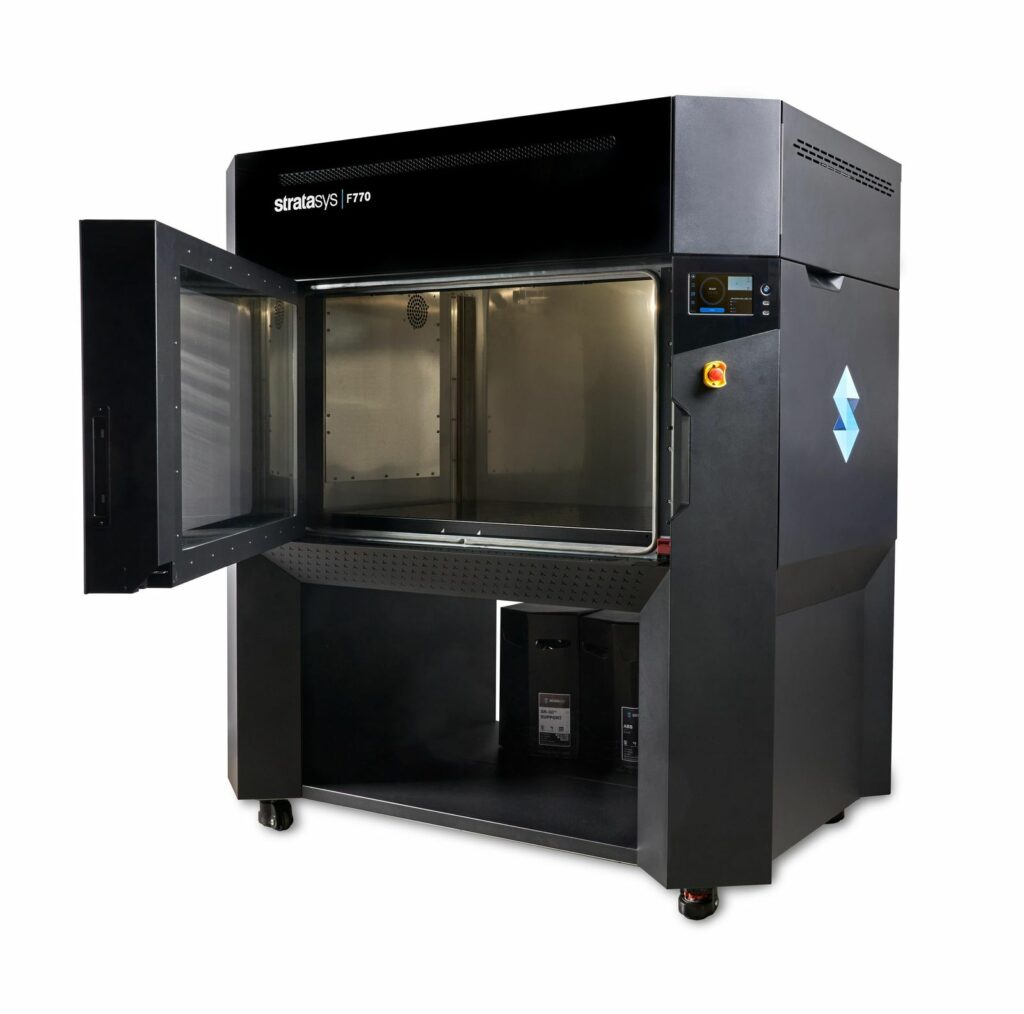
FDM / FFF
FDM (Fused Deposition Modeling) and FFF (Fused Filament Fabrication) are two common 3D printing processes. In these processes, a continuous plastic thread is heated and applied layer by layer to a prescribed three-dimensional template.
The layers cure quickly as soon as they are applied to the platform, ensuring a solid bond between the layers. This enables the production of complex models and prototypes with high precision. The variety of available materials extends the range of possible applications.

SLA and DLP
SLA (stereolithography) and DLP (digital light processing) are particularly suitable for producing high-precision models and detailed prototypes.
SLA technology uses liquid resin that is applied to a platform in layers. A special UV light source hardens the resin layer by layer.
In the DLP process, the resin is cured using a digital projector that shines the UV light on the resin in a pattern and cures it.
SLA and DLP offer the possibility of producing objects with smooth surfaces and fine details, which is why they are often used in areas such as medicine.

SLS and SLM
SLS (selective laser sintering) and SLM (selective laser melting) are two advanced 3D printing processes.
With SLS and SLM, fine powder material is applied layer by layer. Instead of heat, a laser is used to fuse or weld the powder layer in the desired places. This creates the desired 3D object.
These processes are particularly useful when working with metals to produce complex and resilient parts. They are often used in aerospace engineering, medicine and other high-tech areas where precision and strength are of great importance.
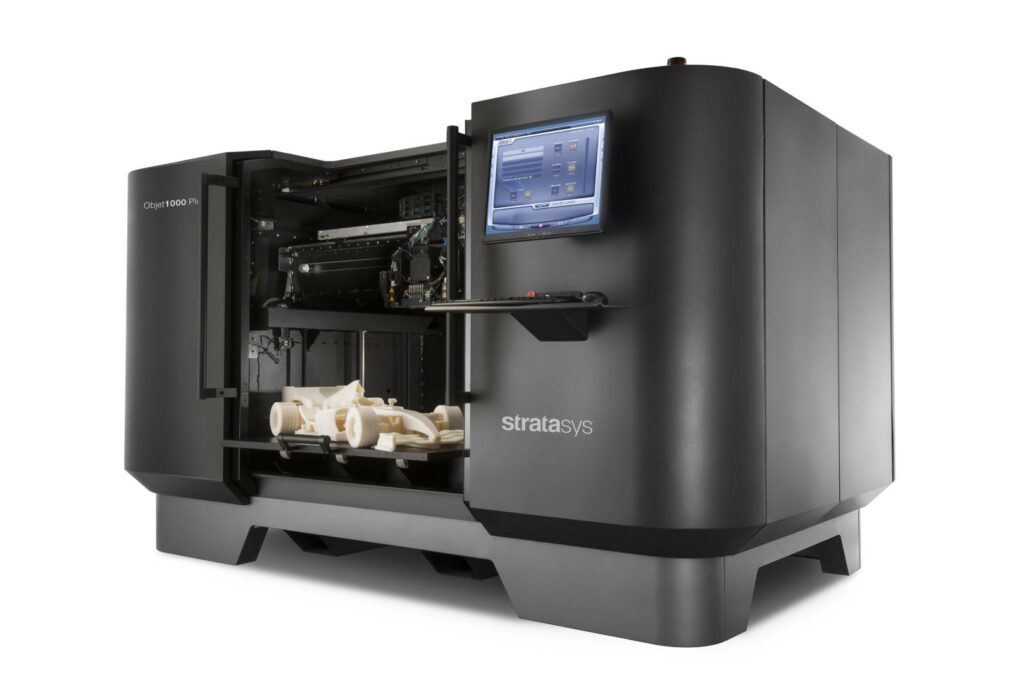
Polyjet
The PolyJet printing process is a modern 3D printing technology that differs from conventional processes. Instead of molten plastic or powder, it uses liquid photopolymer resin.
In a PolyJet printer, this liquid resin is applied in layers to a building platform. It is then cured with UV light. This process is repeated several times, layer by layer, until the desired 3D object has been created.
PolyJet printers are particularly suitable for producing models with very fine details and smooth surfaces. You can even combine different materials and colors in one printing process, making them ideal for prototypes and design applications.
